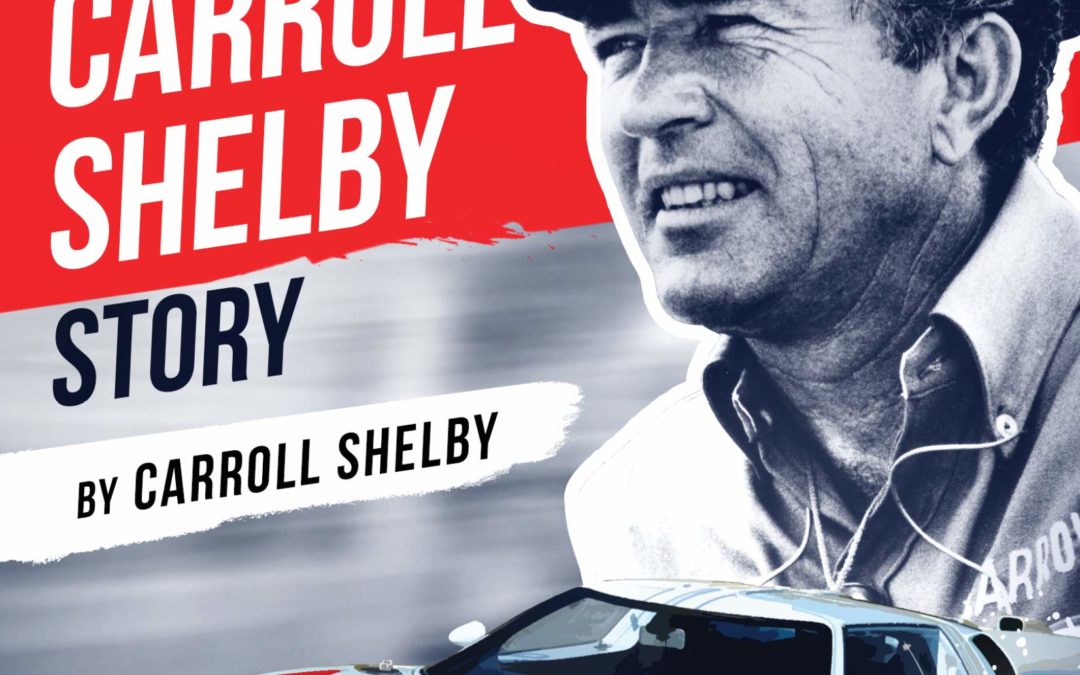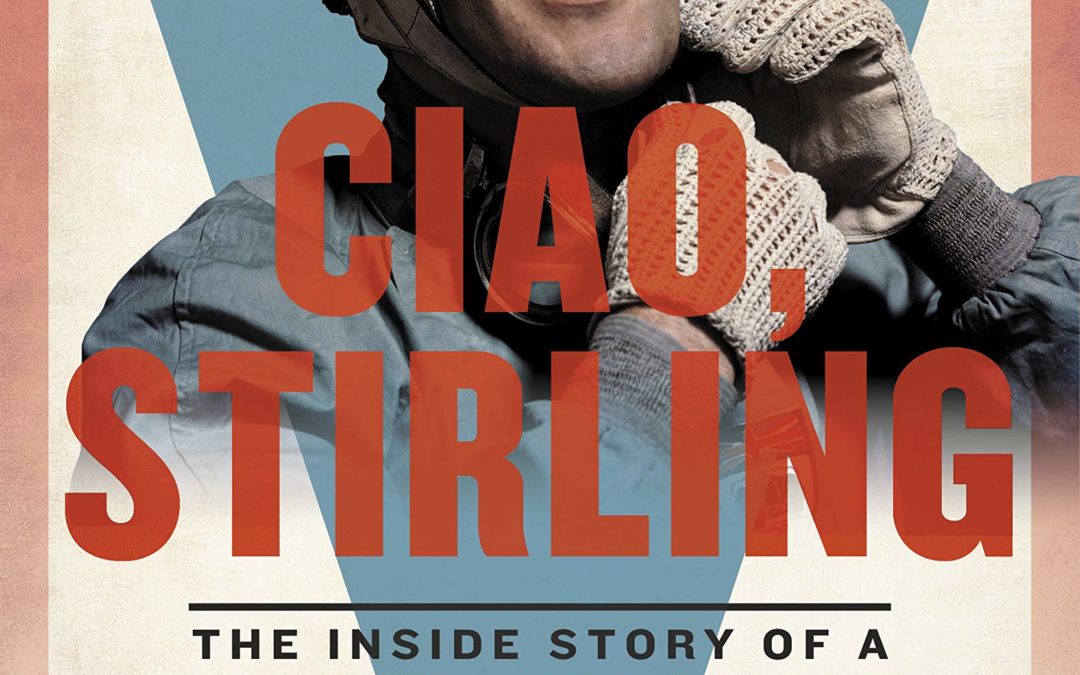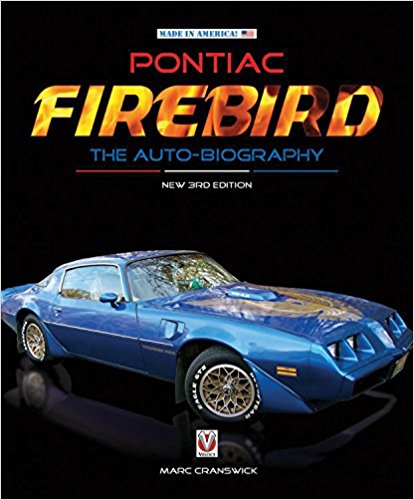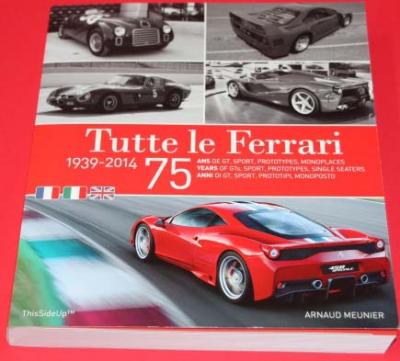
Carroll Shelby wasn’t born to run. He was born to race some of the fastest cars ever to tear up a speedway.
Carroll Shelby wasn’t born to run. He was born to race some of the fastest cars ever to tear up a speedway. The exciting new feature film Ford v Ferrari–starring Matt Damon as Shelby and Christian Bale as fellow racer Ken Miles–immortalizes the small-town Texas boy who won the notorious Le Mans 24-hour endurance challenge, and changed the face of auto racing with the legendary Shelby Cobra. But there’s much more to his high-velocity, history-making story.
A wizard behind the wheel, he was also a visionary designer of speed machines that ruled the racetrack and the road. While his GT40s racked up victories in the world’s most prestigious professional racing showdowns, his masterpiece, the Ford Cobra, gave Europe’s formidable Ferrari an American–style run for its money. If you’ve got a need for speed, strap in next to the man who put his foot down on the pedal, kept his eyes on the prize, and never looked back.
Originally published in 1965 as The Cobra Story by Carroll Shelby

When Valerie Pirie interviewed for her first real secretarial job after college, she did not expect to end up working for Stirling Moss. Regarded as the greatest driver who was never crowned world champion, he would become not only her new boss, but a lifelong friend. Here, in this playful and moving memoir, she opens up about the man behind the steering wheel.
With a joie de vivre and unparalleled pluck, Pirie details the highs and lows of her many years working and occasionally living at very close quarters with a true pioneer of Formula One, recounting anecdotes from the track, the office and nights out in the West End of London with one of the best-known names in motor racing. Whether at Goodwood, Le Mans or the Nürburgring, Pirie was often there beside Moss to witness the wins, losses and technical malfunctions and, of course, his career-ending crash in 1962.
If she wasn’t at his bedside in the hospital, managing his never-ending building works or on one occasion transporting his spare pair of dentures to France, Pirie was accompanying Moss wherever he needed her most. Never just colleagues, the pair were true companions, and this book brings to light the story of their enduring friendship from the classic post-war era of motor racing through to today.

Over a 40 year period the Pontiac Firebird has earned a unique place amongst speedy domestic cars. What started out as another contender in the “me too” Mustang pony car race ended up becoming so much more. Only Pontiac could have come up with a coupe like the Firebird, and it was the Firebird that kept the performance fires burning once the mighty GTO was gone. The Firebird has garnered a reputation for being larger than life and many have come to view it as a large car, but that was not always the case. Pontiac’s Firebird was originally a small US car, classified as a sport compact. In the days when people used the terms personal car and specialty car the Firebird wasn’t even all that big. However, after the first major gas crunch viewpoints altered. One thing that didn’t change was Pontiac’s commitment to keeping their Bird flying high.
The Firebird altered significantly through its lifetime, reflecting general changes and trends in the auto world at large. The Firebird’s tale reflects the development of the mainstream domestic car in the modern era. V8s, turbo V8s, turbo V6s, HO V6s, overhead cam I6s and even a Super Duty four banger. If there’s a performance avenue to be explored then the Firebird has been there, and Pontiac never quite gave up on the hope of using a transaxle.
Popular with car fans and in the sales charts, the Firebird has had a high profile both in television and at the movies. The Pontiac Firebird has also received its fair share of attention from hot-rod shops, tuners and car customizers. As per Pontiac tradition the Firebird delivered what folks expected in the real world. Even during the lean years the Firebird kept the 400 cube 4 speed dream alive when others had moved on to paint and tape specials. Fast cars didn’t die out in 1973, they just started wearing the “Screamin Chicken” on their hoods.
As a collector car the Firebird has all the credentials. A strong fan base, wide variety of power train and trim options, various low volume and commemorative models, and a healthy helping of nostalgia thrown in for good measure. A number of Firebird models are already valuable classics, but certain younger versions can be counted on as some of the fastest appreciating collector cars of today and tomorrow.
The Firebird legend just gets bigger. From the go faster 1960s, gas mileage and pollution controlled 1970s, performance renaissance of the 1980s, through to the indifference of the 1990s. The Firebird was always there, this is its story. Cutting edge research and over 320 photos bring this in-depth, incredibly detailed story to life.
This edition feature an extra 40 images and new text.

Born on February 18, 1898, Enzo Anselmo Ferrari began to build his own cars after a career as a racing driver and team manager at Alfa Romeo. The first car was designed by Ferrari in 1939 but the first to bear his name was built in 1947: the 125 Sport for the competition. Then many models will emerge, including the legendary 250 GTO in 1962. The 40 years of the brand were celebrated with the F40, of which Enzo Ferrari had determined the general characteristics. This was his last creation, as he died August 14, 1988. 25 years ago the Commendatore left us and the brand is still there, continuing to offer beautiful sports cars proudly bearing the prancing horse. Tutte le Ferrari lists, in French, English and Italian, all the creations of the brand, retracing 75 years of myth.
By Arnaud Meunier . . 296 pages . 750 pictures . Format 210×240 mm
Foreward by Jim Glickenhaus
On a cold, Christmas Day shortly after the end of World War Two Enzo Ferrari sat in his small unheated office and thought about the future. Enzo had a great passion and a dream. His passion was race cars and his dream was that Cars bearing his name would be World Champions. So far he had built a few cars but it wasn’t until the third one he built 159S 002 that he was able to sell one based on it’s Win at the Turin GP. A Wealthy Candy Manufacturer wanted to buy a car “”like the Turin Winner”” and Ferrari sold his first car.
On that cold day Luigi Chinetti came to visit and told Enzo that there was a real market for his cars in the US and if Ferrari could build them Chinetti could sell them.
The passion realized the Dream. Over the years I have been very lucky to meet and know many of the people who were involved in this dream and collect and drive many wonderful Ferrari’s. To me my collection has been about history. The car that Raymond Sommer won the Turin GP in, The 1967 P 3/4 that won the 24 Hours of Daytona, Dino Competition that was the prototype show car for mid engine Ferrari Road Cars.
Over journey I got to watch amazing races and meet Drivers who raced in the day and Mechanics and artisans who built these pieces of History. At some point I decided to address the flaws I found in Ferrari Road Cars defrosters that didn’t defrost, electric windows that didn’t work etc and commission a totally re engineered, re designed Ferrari with Pininfarina that became Ferrari P 4/5 by Pininfarina. That adventure led to P 4/5 Competizione and our private race team that battled the 24 Hours of Nürburgring in our highly modified Ferrari F430.
Ferrari’s have faults. They don’t win every race but they do represent the Dream and The Passion that turns cars into pieces of History and Drivers in Champions.
Forza Ferrari!






